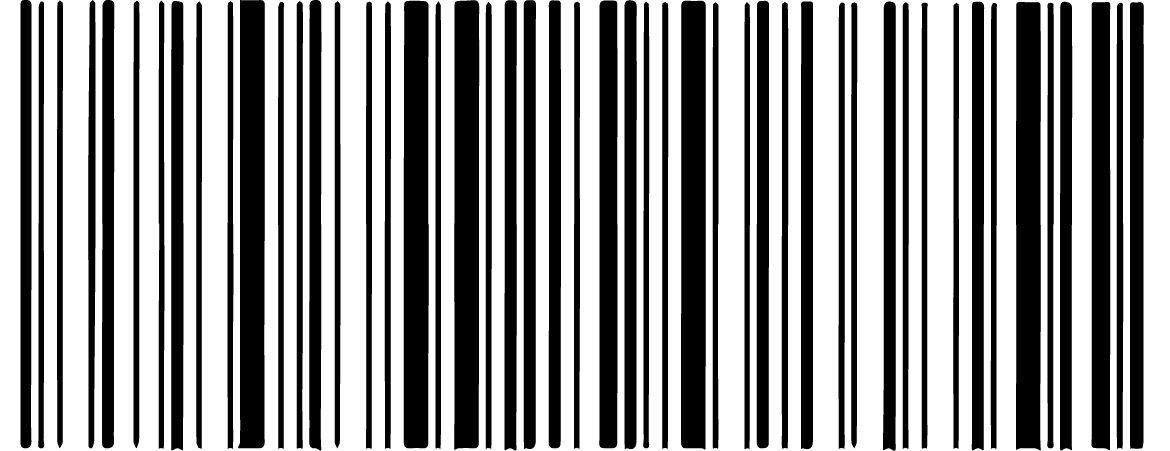

All of our barcodes are provided as EPS, PDF, or TIFF files, which are compatible with virtually all graphic artwork software programs. With effective pre-processing built-into good software, damaged or hard-to-read barcodes can quickly be corrected during scanning to improve recognition rates.īest Practices for Maximizing Barcode Reader Technology.SANDILYAM has been producing high-quality barcode images for retail and commercial use since 1989, and our years of experience mean that we can provide you with the correct barcode for your particular print job. They are also generally better in low-light situations. Generally, laser scanners are better at reading at distances more than two feet, such as compared to smartphones. The barcode reader’s viewing angle can also have an impact on the required distance and the reader type you will need. Generally, the higher the scan distance you can set (more than five), the faster it will become. Thus, it is ideal to set a scan distance of five pixels or more for optimal decoding speed and accuracy. For example, the number “1” on a page, whether part of a text in a sentence or part of a barcode symbol, may be confused for a bar depending on its location and the scan distance. Regardless, having to deskew adds time and reduces speed.įor 1D barcodes, scan distance is important as it can impact barcode recognition in that you may scan unwanted pixels. As with all other obstacles mentioned, you can use pre-processing features of an SDK to auto-deskew barcodes while maximizing their recognition accuracy. Also, deskewing almost always reduces the image quality, which can result in reduced barcode recognition accuracy. So, when de-skewing occurs, it can actually worsen things. When a barcode is skewed, depending on the angle and how skewed it is, the individual lines of a barcode can appear thicker or thinner than normal. To deskew a barcode means to essentially straighten it out. There are three main problems to look for to determine if image enhancement of a barcode is needed via pre-processing:ĭilation - adds pixels to the boundaries of objects in an image, while erosion removes pixels on an object’s boundaries.īinarization - converts images to black and white leaving only two levels, allowing for an easier distinction between the edges of images.ĭespeckle - considers the average of pixels in an area to try and detect whether a pixel is a color it should be or if it is noise created during image acquisition. This could be for many reasons – poor quality labels or printer, and so on.ĭealing with Unreadable or Damaged Barcodesīarcode readers are only as good as the software behind them at scanning low-quality barcodes or damaged barcodes. Sometimes, despite proper resolution settings, good pixel density just isn’t there. For 2D barcodes, it’s usually around five pixels. Generally, for 1D barcodes, it’s understood at least three pixels are needed per smallest bar and gap in a symbol. Remember that the lower the resolution the more likely the symbol will lack the pixel density needed for good recognition. Just be sure not to sacrifice barcode recognition efficiencies for storage efficiencies.

Most organizations will seek to balance good barcode recognition with storage savings realized by minimizing resolution. The higher you can go in resolution the better. Usually, a minimum of 200 dpi is needed for acceptable barcode recognition. So, a lack of resolution can interfere with this process. Generally, a barcode reader processes the counting of pixels in an area to determine the width and location of a particular bar in a barcode symbol.
#BARCODE IMAGE GENERATOR#
The quality of the barcode image produced by your chosen barcode generator matters. Developer Tip: Improve Barcode Recognition Rates Resolution


 0 kommentar(er)
0 kommentar(er)
